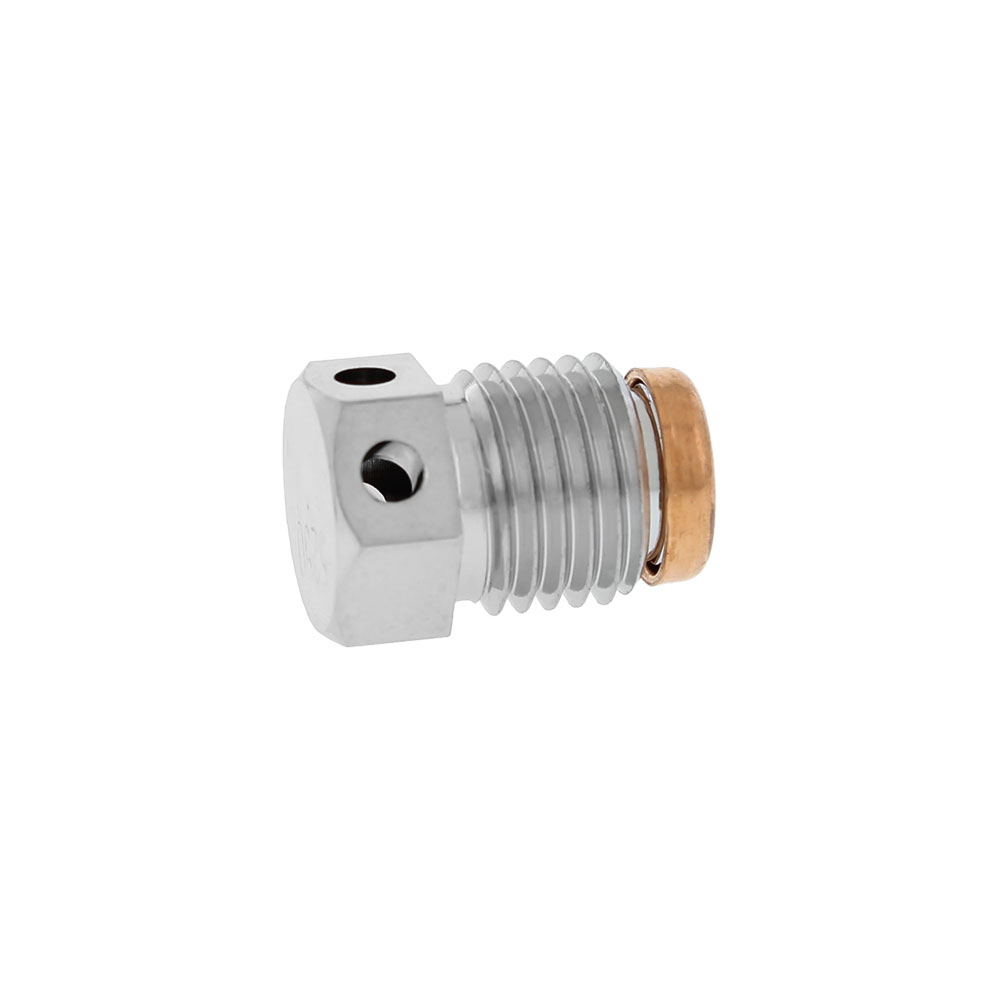justinthedeeps
Contributor
For those of us late arriving to the government conspiracy, can someone explain what is wrong with a 5250 (or whatever) burst disc vs. 'deleting' ?
Welcome to ScubaBoard, the world's largest scuba diving community. Registration is not required to read the forums, but we encourage you to join. Joining has its benefits and enables you to participate in the discussions.
Benefits of registering include
lol, thanks for the laugh.For those of us late arriving to the government conspiracy
a US Federal Dept of Transportation rule that makes it illegal to transport plugged tanks across state lines.
Fair enough. Any more info on this? How do you know it was plugged? I found a post you made about this in another thread and did a quick google search but couldn’t come up with much.
I would still bet there was an underlying cause. Out of VIP or hydro, or an old un-taken care of tank. That’s my speculation, because if it was reported to have exploded at 5000 PSI, that’s around test pressure for HPs, and 1000 ish over for LPs. I would not expect an explosion there. Without any more info I guess all we can do is speculate.
Cool, thanks for the info. I guess there wasn’t an “extraneous” cause, but LP72s make sense seeing as they’re known to have thinner walls than modern LPs and can’t take as much overpressurization, so I’d chalk it up to that. Plus, their hydro pressure would be 3750. Them going at 5000 makes sense. Not a concern with the modern LPs that aren’t 1250 over their hydro pressure.The owner of the shop I worked with at the time was the one who examined the gear for the inquest. So I heard about what was up directly from the guy who checked the tanks and compressor for the RCMP. Compressor also had no OPV. Because it happened in 1994 links are very few. I could only find this one - Waterton-Glacier Views (August 24, 1994)
LP Steel 72s. The underlying cause was that it was overpressured.
You're really doubling down on your "opinions" here despite evidence to the contrary.Cool, thanks for the info. I guess there wasn’t an “extraneous” cause, but LP72s make sense seeing as they’re known to have thinner walls than modern LPs and can’t take as much overpressurization, so I’d chalk it up to that. Plus, their hydro pressure would be 3750. Them going at 5000 makes sense. Not a concern with the modern LPs that aren’t 1250 over their hydro pressure.

